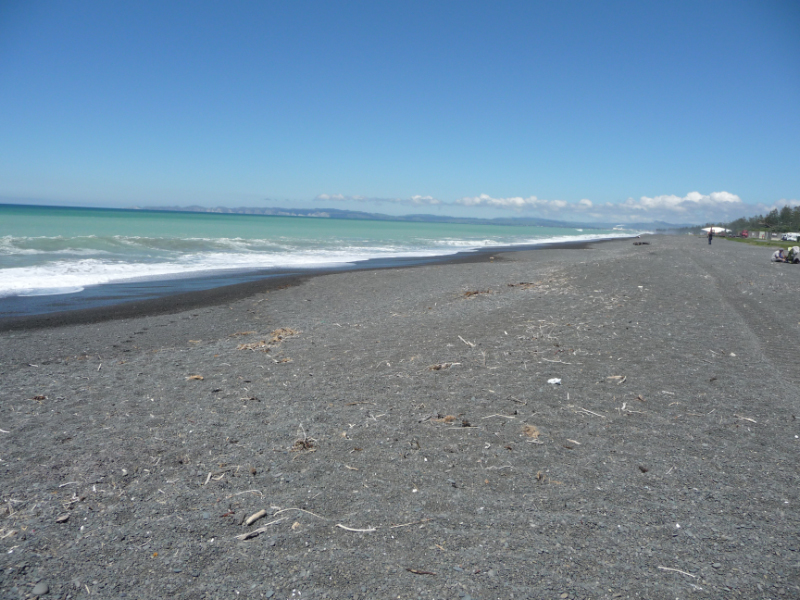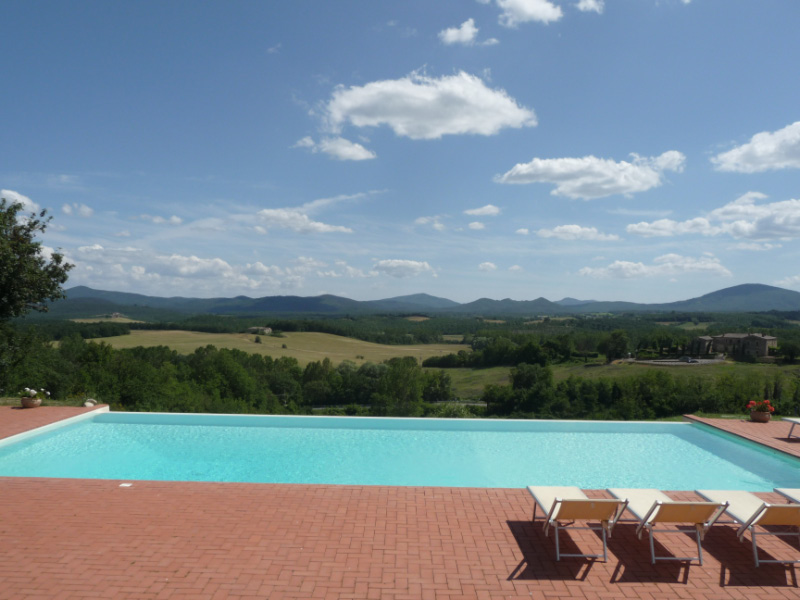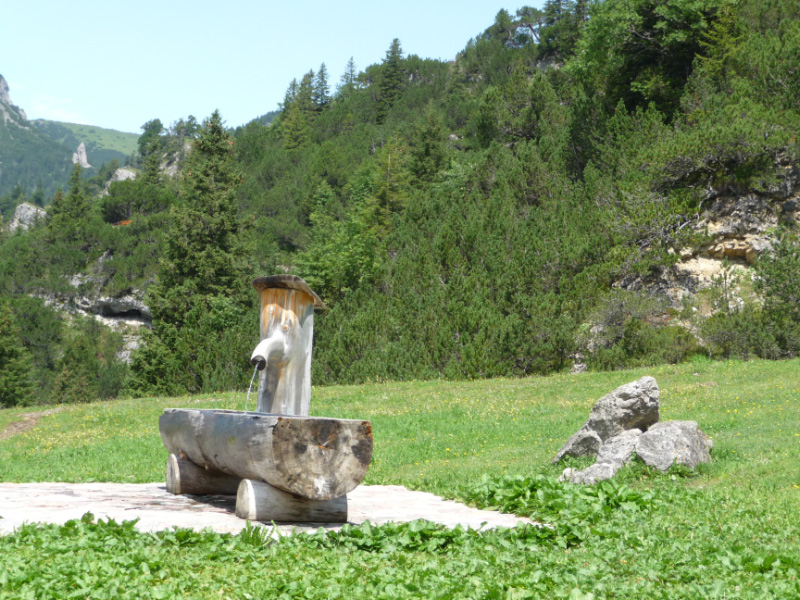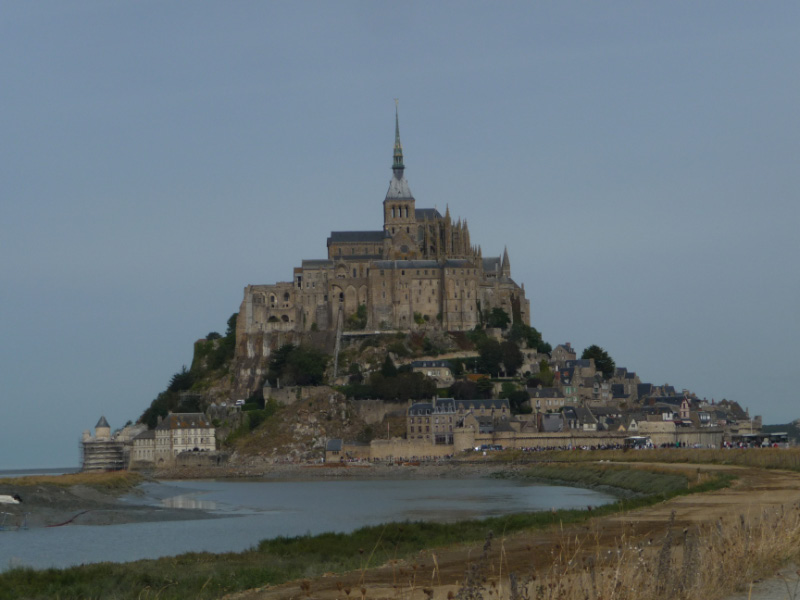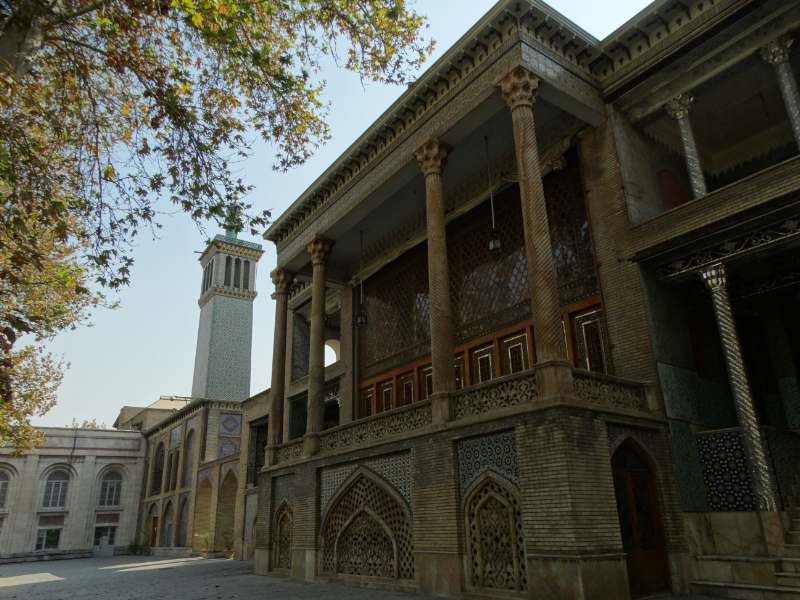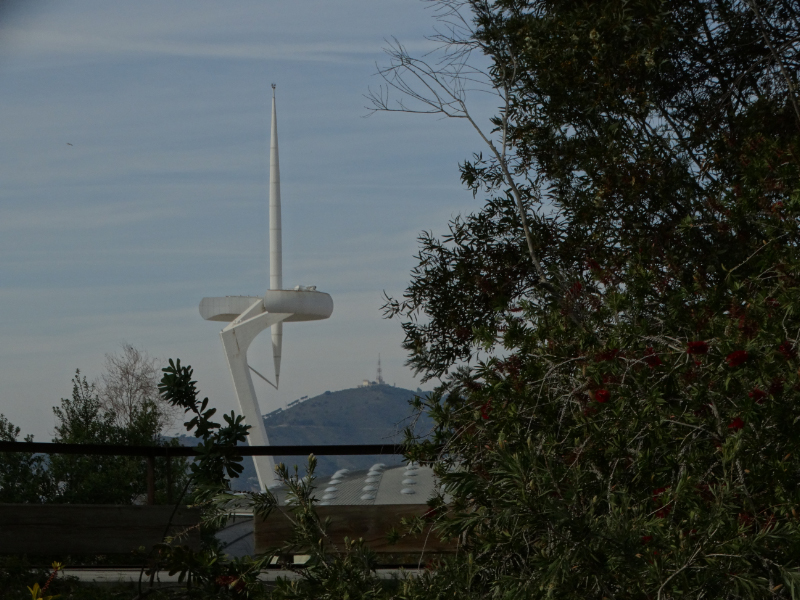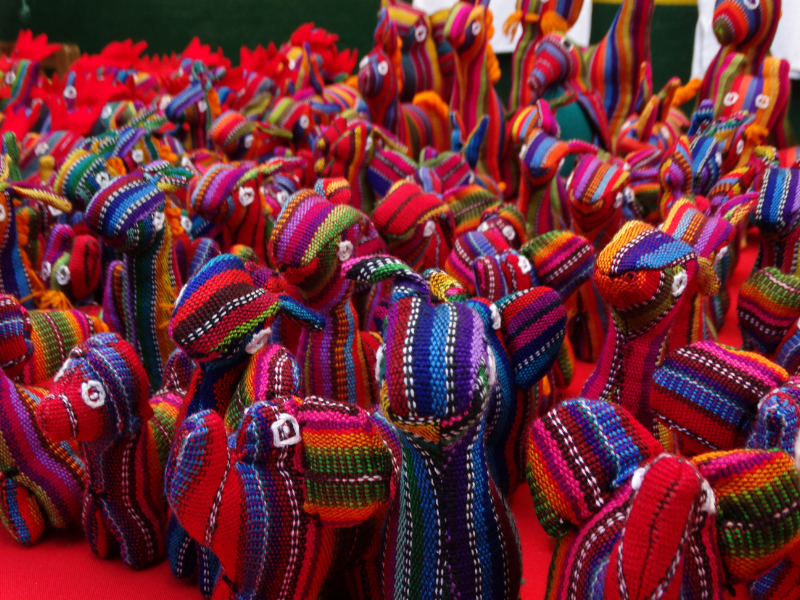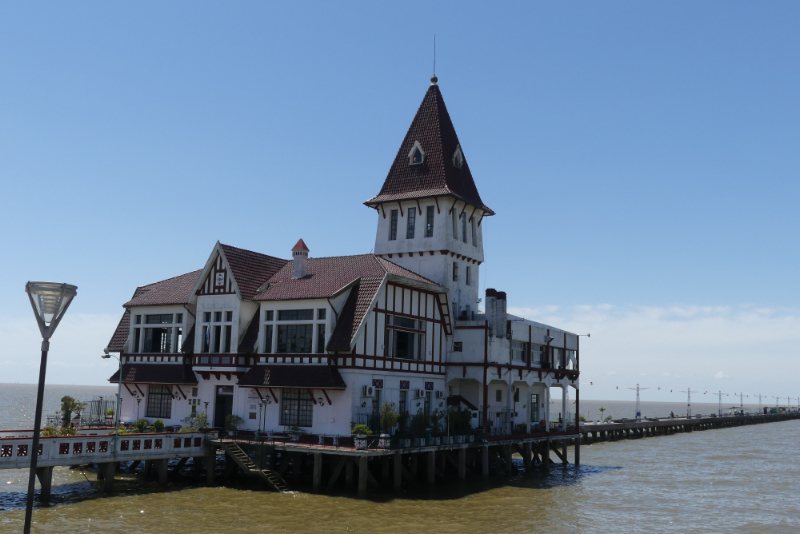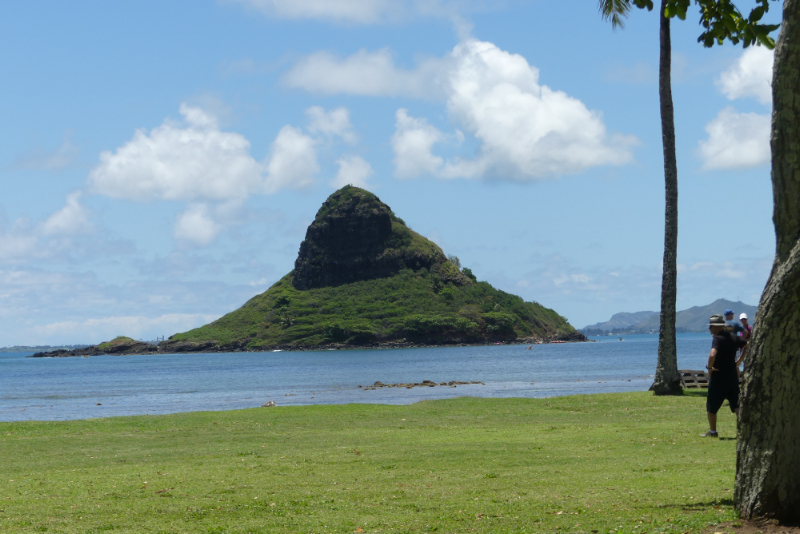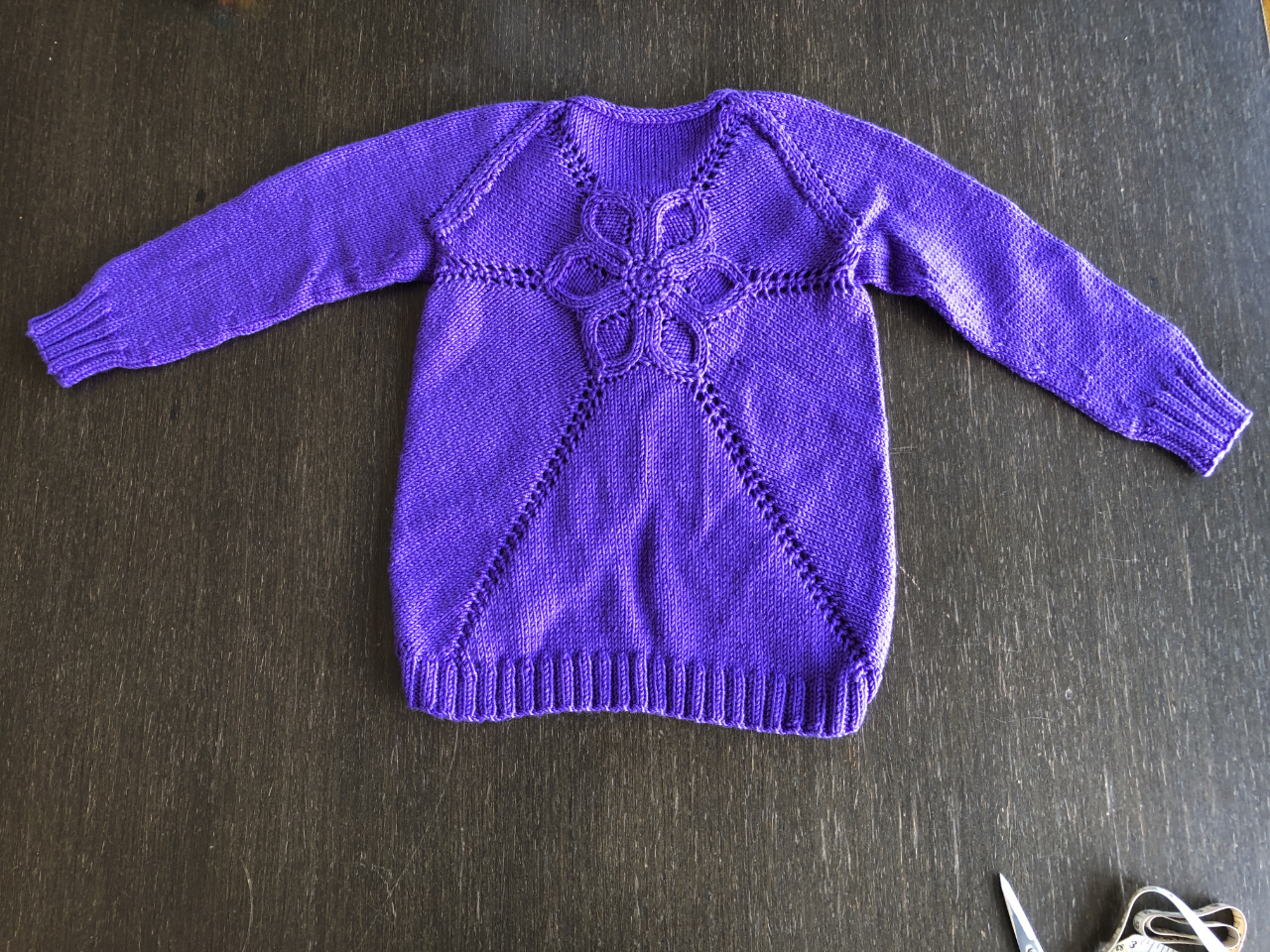When I wrote my last blog we were planning to book flights to Berlin in early September, and return after two months.
The plan was to meet our first grandchild, and mix spending time in Berlin with the newest family member with some travelling, perhaps even chase some family ghosts. We would watch our new grandchild’s development for the first two months, by which time she should be giggling and recognising faces. Yes, she – a little girl was on its way.
But that didn’t happen.
I got a phone call from Hayden in early July, to say that Andrea wasn’t well and had been admitted to hospital with preeclampsia. The baby would probably be delivered premature. Could we come to Berlin ASAP.
The doctors were not concerned about the baby, but Andrea’s extremely high blood pressure was causing concern for her well being.
So little Brianna entered the world on 8th July and we were on a flight on Saturday 13th July, to provide support.
And we spent two months in Berlin in glorious summer, a far cry from shivering through one of Melbourne’s coldest winters. In that time we learnt a lot about living in Berlin.
Our first experience was visiting the little family at the Vivantes Klinikum im Friedrichshain (Friedrichshain Hospital). To get there from our hotel we walked through the beautiful Volkspark Friedrichshain.
The park is a triangular shape with the hospital tucked into the south eastern edge. We entered through the apex on the western side into the beautiful Märchenbrunnen (fairy tale fountain in honour of the Brothers Grimm). We wandered past a huge field where families were picnicking, past the cafes and restaurants and the lake, up beside a stream where the little kids chilled, and into the number one gate to the hospital.
Sometimes we were anxious to get to the hospital for feeding time, other times we stopped by the cafe for a coffee or cool drink or just wandered and explored the park.
Inside the park are two hills. The Großer Bunkerberg (Big Bunker Hill) is in fact the Flakturm II G (flak tower) which the Red Army attempted to destroy. The Kleiner Bunkerberg (Little Bunker Hill) was a bunker.
The flak tower and bunker was subsequently covered with rubble from Berlin’s ruins to create artificial hills of 78m and 48m respectively. Volunteers, mostly women dubbed Trümmerfrauen or rubble women, cleared the debris from the bombed out buildings, cleaning bricks for reuse and carting unusable stuff to the parks.
Trees have now covered the two hills and they are popular spots to hang out.
The park has at least four playgrounds for children. Mums and dads bring their prams and let the children loose in the sand pits and on the play equipment. There are no helicopter parents here, children are taught to be independent, to brush themselves down if they fall over and to share their toys and games.
Berlin is full of young families. I think our little family will slot in nicely and enjoy the park as much as we did.
e_header.jpg)









